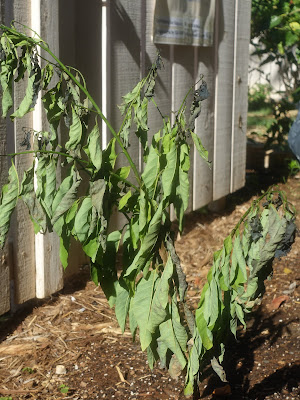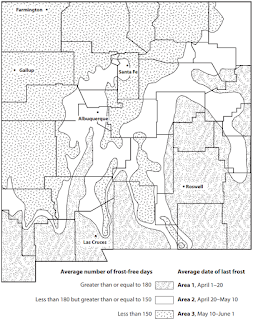Through Thick and Thin: Managing Fruit Load on Backyard Trees
Southwest Yard & Garden by Dr. Marisa Thompson ~30 second demo video of peach fruit thinning with Valencia County Extension Master Gardener, Carol Bennefield in Bosque Farms on May 27, 2018. ~45 second video explaining how we started thinning a peach tree in Bosque Farms. Question: Several branches on my peach tree are hanging lower and lower as the peaches get bigger. Is this OK or should I be thinning the fruit? - Carol B., Los Lunas, NM Answer: On the one hand, you don’t want to thin your peach tree too soon and then lose the fruit you saved to a late frost or the dreaded hail storm. On the other hand, reducing the fruit load on heavily bearing branches has major benefits. First of all, the branches you’re describing that are hanging lower as the peaches develop are in danger of breaking. If the weight of the fruit just bends the branch, a strong gust of wind can be the final straw. And “breaking” is a kind word. Often, it’s more of a terrib


